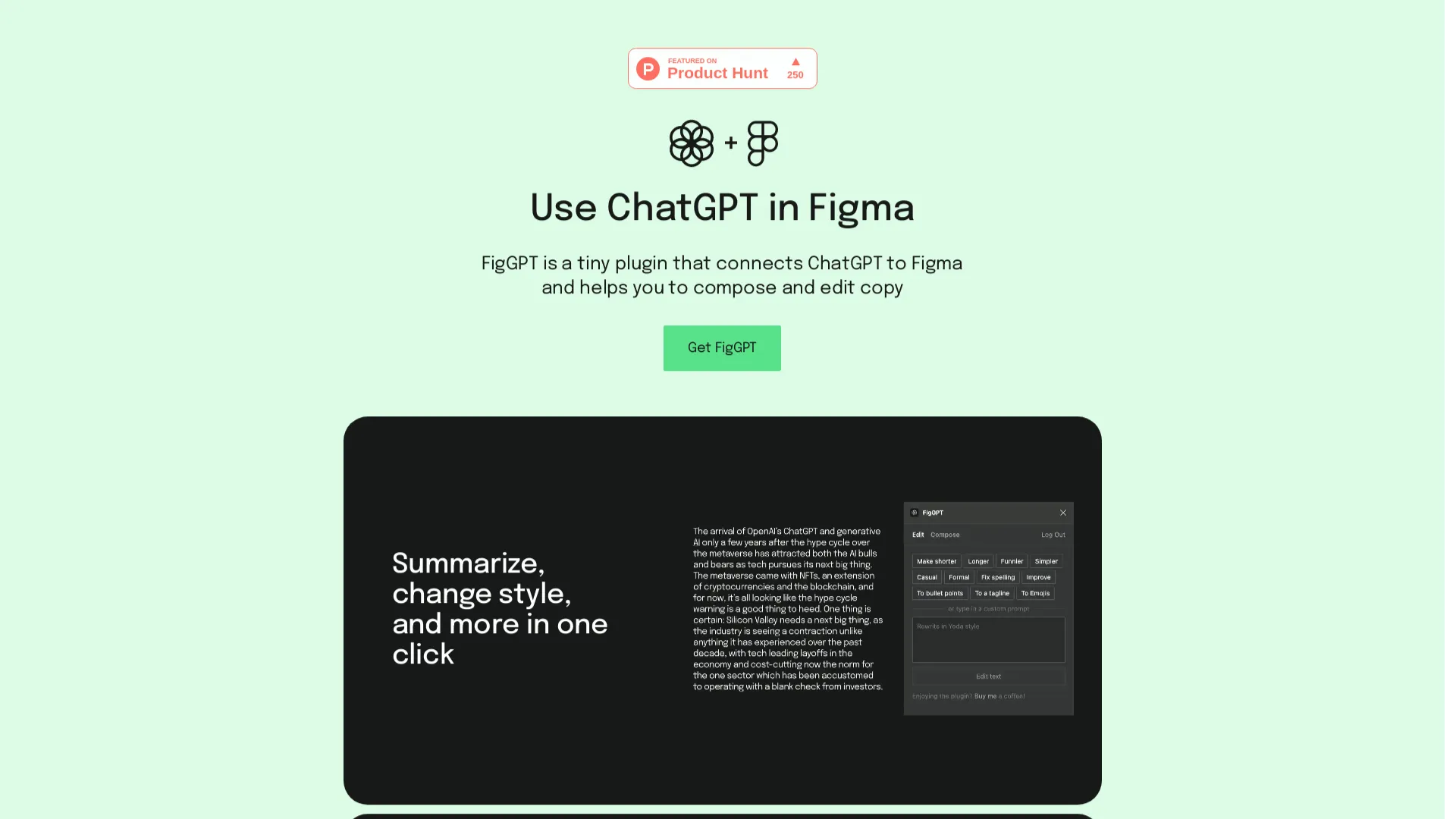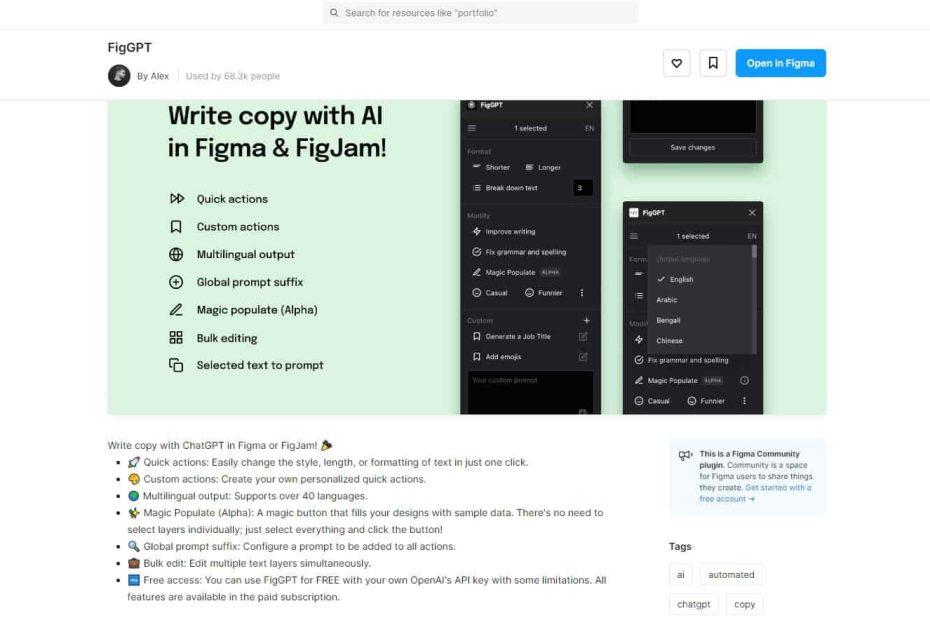

User-Friendly Design Tools: Navigating FiggPT for Design Success
User-Friendly Design Tools: Navigating FiggPT for Design Success
In the dynamic realm of design, having the right tools can significantly impact creativity and efficiency. FiggPT, an AI-powered design tool, stands out as a user-friendly companion for designers seeking innovative solutions. Whether you're a seasoned professional or just starting your design journey, navigating FiggPT can unlock a world of creative possibilities. Let's dive into a user guide to help you effectively use FiggPT for design success, ensuring a seamless and efficient workflow.

1. Getting Started:
Accessing FiggPT:
Visit the FiggPT website or open the application on your preferred platform. If you don't have an account, you might need to sign up or log in to access the full range of features.
Dashboard Overview:
Familiarize yourself with the dashboard. Here, you'll find options for creative ideation, contextual design understanding, and dynamic design evolution.
2. Ideation Assistance:
Inputting Design Concepts:
To kickstart the creative process, input your initial design concepts or describe the visual elements you have in mind. Be specific about the style, mood, and any specific requirements.
Exploring Suggestions:
Review the design suggestions generated by FiggPT. Experiment with different variations, and don't hesitate to refine your input for more tailored results.
3. Contextual Design Understanding:
Providing Context:
When working on a specific design task, provide additional context. Specify the intended use, target audience, or any branding guidelines to help FiggPT understand the project better.
Adapting Design Styles:
Explore how FiggPT adapts to different design styles. Input your preferred style, and observe how the platform tailors its suggestions to align with your specified aesthetic.

4. Dynamic Design Evolution:
Iterative Exploration:
Take advantage of FiggPT's dynamic design evolution. Input your evolving ideas and iterate through the generated variations. This iterative exploration accelerates the design process.
Real-Time Refinement:
Refine your design in real-time. Experiment with different color schemes, layouts, and compositions, and observe how FiggPT instantly responds to your adjustments.
5. Tailored Design Styles:
Styling Preferences:
Experiment with different design styles based on your project requirements. Whether it's a modern, minimalist look or a more elaborate and ornate style, FiggPT can adapt to your styling preferences.
Consistent Branding:
If you're working on branding projects, input brand guidelines to ensure consistent visuals. FiggPT can generate designs that align seamlessly with established branding elements.
6. Seamless Integration:
Integrating with Design Tools:
Explore the seamless integration of FiggPT with your preferred design tools. Utilize the platform's creative capabilities within your existing workflow for a more streamlined design process.
Exporting Designs:
Once satisfied with a design, easily export the visuals to your design software or download them for further refinement. FiggPT ensures a smooth transition from AI-generated concepts to your preferred design environment.

7. Personalized Design Suggestions:
Training FiggPT:
For a more personalized experience, provide feedback on the generated designs. FiggPT learns from your input and refines its suggestions over time, adapting to your evolving design preferences.
User-Specific Styles:
Experiment with creating user-specific design styles. By consistently inputting your design preferences, FiggPT becomes attuned to your unique artistic identity, resulting in more personalized design suggestions.
8. Best Practices:
Experiment and Explore:
Don't be afraid to experiment and explore different options. FiggPT is a creative tool, and the more you interact with it, the more insights and inspirations you'll uncover.
Combine AI with Human Creativity:
Remember that FiggPT is a collaborator, not a replacement for human creativity. Combine the power of AI with your unique insights to produce truly exceptional designs.
Stay Updated:
Keep an eye on updates and new features introduced by FiggPT. The platform continually evolves, and staying updated ensures you're harnessing the latest and most advanced design capabilities.

Conclusion:
Navigating FiggPT for design success is a journey of exploration and collaboration. Whether you're looking for ideation assistance, contextual design understanding, or dynamic design evolution, FiggPT offers a user-friendly interface that encourages experimentation and creativity. By following this user guide and incorporating FiggPT into your design workflow, you're not just using a tool; you're unlocking the potential for boundless creativity in your design projects. So, dive in, experiment freely, and let FiggPT be your creative companion on the path to design success.

Related Posts
© 2025 Invastor. All Rights Reserved

User Comments